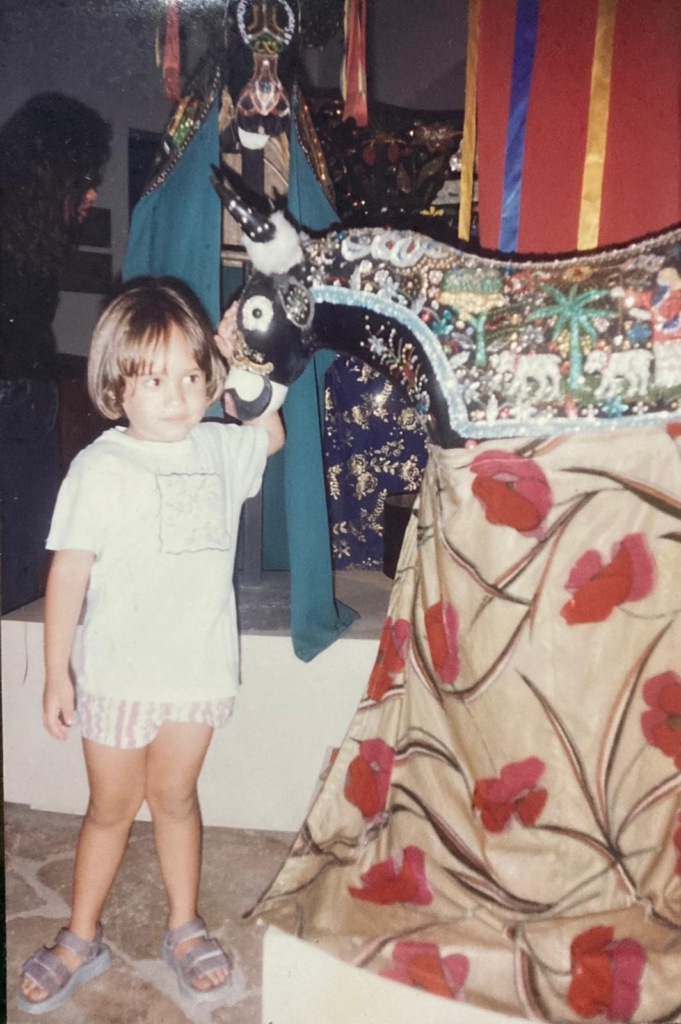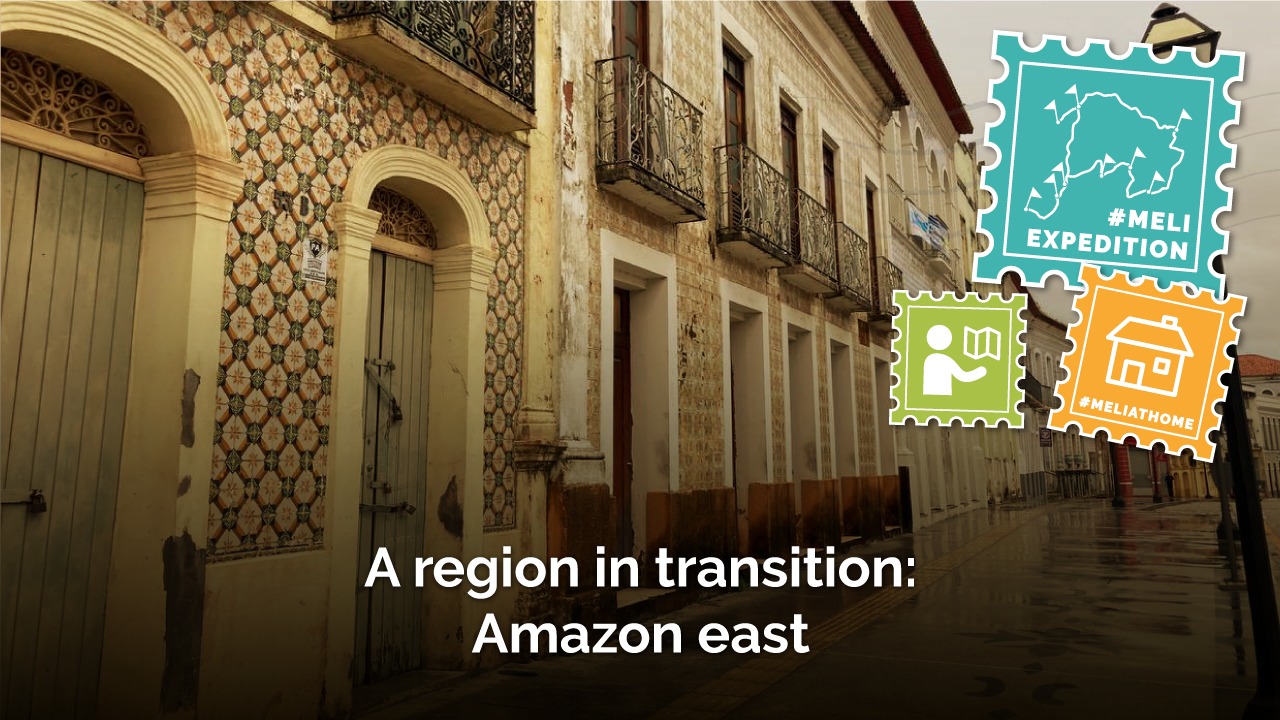Maranhão is the easternmost region of the Amazon and in its capital is a place of vibrant and rich culture that is very worth visiting. We’re starting the #MeliAtHome presenting a little bit of this cultural heritage of humanity.
Author: Ana Rosa de Lima
Leia em Português.
My relationship with Maranhão started with its capital, São Luís, during my childhood in the 90s. I never lived in the city but I often came to visit my relatives who lived here. Going to São Luís has always been, for me, visiting a place of vibrant culture and great historical and natural wealth. After all, the city known as the island of love is home to the vibrant bumba-meu-boi as well as the Brazilian capital of reggae, the gateway to the Lençóis Maranhenses national park and an old town full of historic buildings that, since 1997, has been awarded by UNESCO to be a cultural heritage of humanity.
My taste in dance facilitated my connection with local rhythms, such as the Creole drum, which my grandmother taught me to dance. Here was my first experience with complex Amazonian rhythms, with influences from the African diaspora and indigenous communities, and that synchronize large groups in a single connection.

As a child, I particularly connected to Maranhão and its special identity due to where I used to live myself, the coast of Piauí. It is, just like Maranhão, located in the Brazilian Northeast region, but I wasn’t able to fully reconcile myself with the idea of “northeast” as portrayed by the Brazilian media predominantly situated in the large cities almost three thousand kilometers to the southeast. It was in Maranhão that I discovered that I lived in the “Mid-North” – a great discovery for a child’s mind. This northeast sub-region includes exactly these two states: Maranhão and Piauí. The union between Piauí’s carnauba and the Maranhão’s babassu coconut portrayed my reality very well. A transition area, where the northeast is closest to the Amazon reality and even partly within the legal Amazon.
But some of the fruits that I had a lot of access to in Maranhão were particularly special. Bacuri was my favorite pure fruit. My grandmother’s cupu cream, on the other hand, was the product of that abundance that I missed most when I was away. I remember that she used to drink juçara (relative of the açaí), but it was not “for children”, I think that until today I have not tasted this delicacy.
At that time, I didn’t have a clear vision on social issues, São Luís was simply a “big city”, full of colors and flavors. And this is a good first perspective, which we can have even when we are just passing through. In the next few weeks we will, slowly, get to know the region a little more deeply.
Come with us!
Your donation can impact the world positively!
Subscribe to receive our Newsletter!
Find us also at Linkedin, Facebook, Twitter
or Instagram
www.meli-bees.org
❤️


2 Replies to “A region in transition: Amazon East”